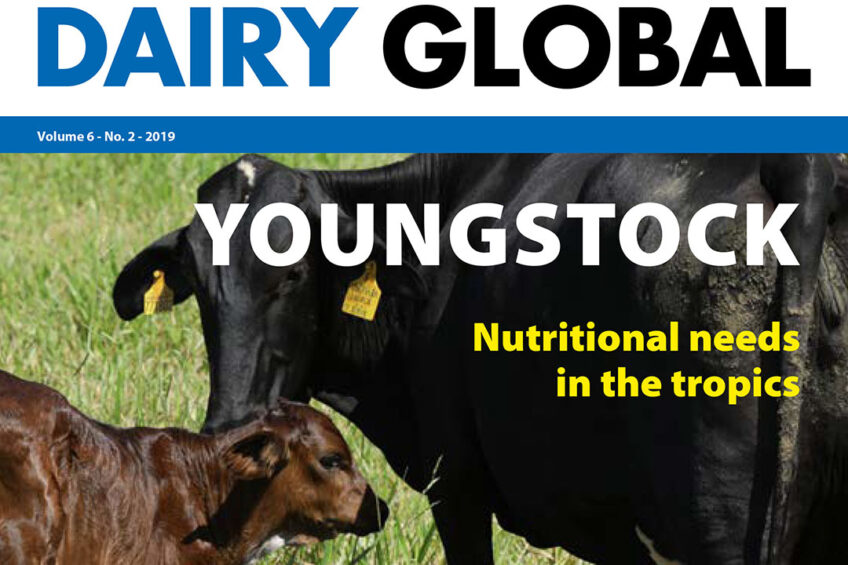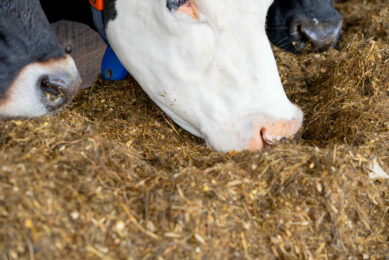April edition of Dairy Global now online

The April edition (issue 2) of 2019 of Dairy Global magazine is now available to read online in our digital magazine section.
The April edition of Dairy Global Magazine is out and can also be read in our digital magazine section. To access the magazine section, you simply need to register for free. This second edition of the year is packed with the latest developments in dairy farming around the world: from technical articles to farm reports.
Mineral requirements for calves in tropics
Minerals are extremely important in animal nutrition. A deficiency in minerals can compromise the productivity and reproductive performance of livestock. However, there is not a lot of information available regarding the mineral requirements for pre-weaned dairy calves raised under tropical conditions. Prof Marcos Inácio Marcondes, Universidade Federal de Viçosa, Brazil takes a closer look at the requirements for Holstein and Gyr crossbred calves in the article on page 20 of this issue.

Natural digestive health technologies
Heat stress causes physiological and behavioural changes in dairy cows. These changes can lead to suboptimal rumen conditions, resulting in production of fatty acid biohydrogenation intermediates and LPS that inhibit milk fat synthesis in the mammary gland. Today, natural digestive health technologies are available to help optimise rumen conditions through the diet, thereby helping to reduce the negative impact of heat stress on milk fat and maintain the production efficiency of high-producing dairy cows. In the article on page 29 of this issue, Ilkyu Yoon, PhD, Director, Ruminant Research & Technical Support at Diamond V delves further into this topic.

Growth for Russian dairy
The dairy sector in Russia compromises of around 8 million dairy cows. In 2017, the total milk production was 30.7 billion kilos. There are – on average – three types of farms in Russia: large dairy operations with 300 to 2,000 cows, family farms with 15 to 50 cows and farmers with only one to two cows for their own use. In the largest group, around 8,000 farms are active. The country has around 24,000 family farms and more than one million small-scale farms. The largest dairy operations produce around half of all the milk produced in Russia. Of the total milk production, only 12 billion kilos is sold directly to the dairy processor. Since 2013, milk production has been increasing by 3 to 4% per year. In 2018, the growth has been slightly below average. In addition to milk, cheese is the most important product with 935,000 tonnes per year. This is followed by butter with 260,000 tonnes. Read more about the Russian dairy sector on page 31 of this issue.

Also in this issue:
- Water supply for calves
- Visual recognition cows
- Focus on transition period
- Farming in South Africa
- Update on nutrition models
Join 13,000+ subscribers
Subscribe to our newsletter to stay updated about all the need-to-know content in the dairy sector, two times a week.










